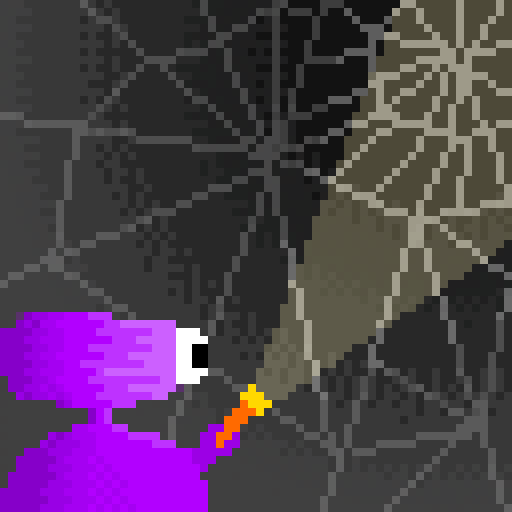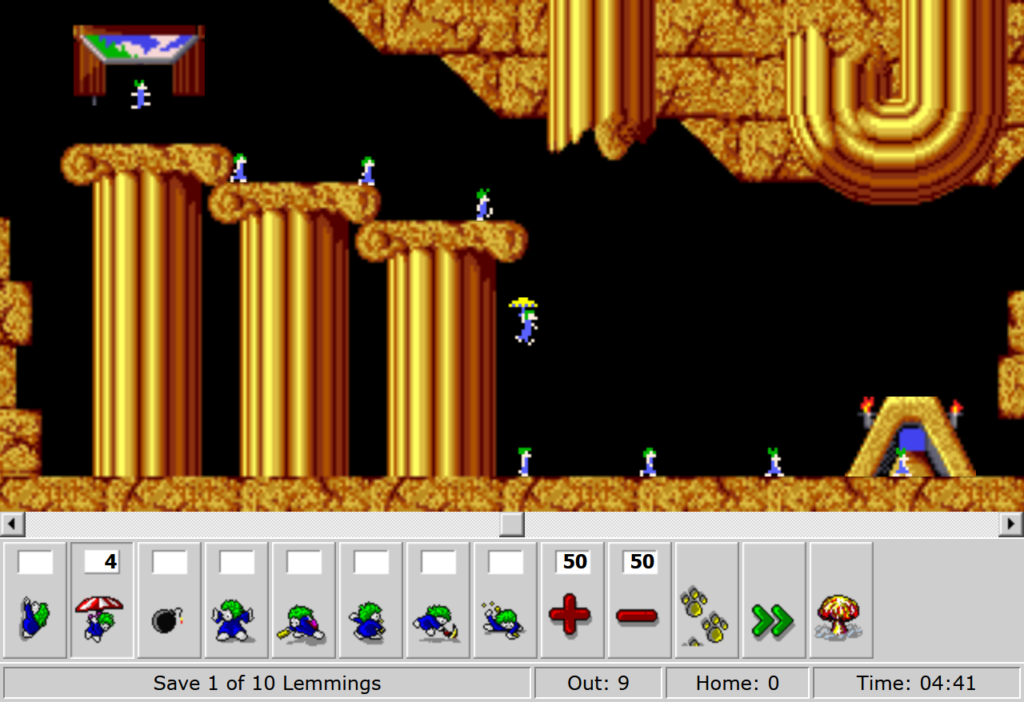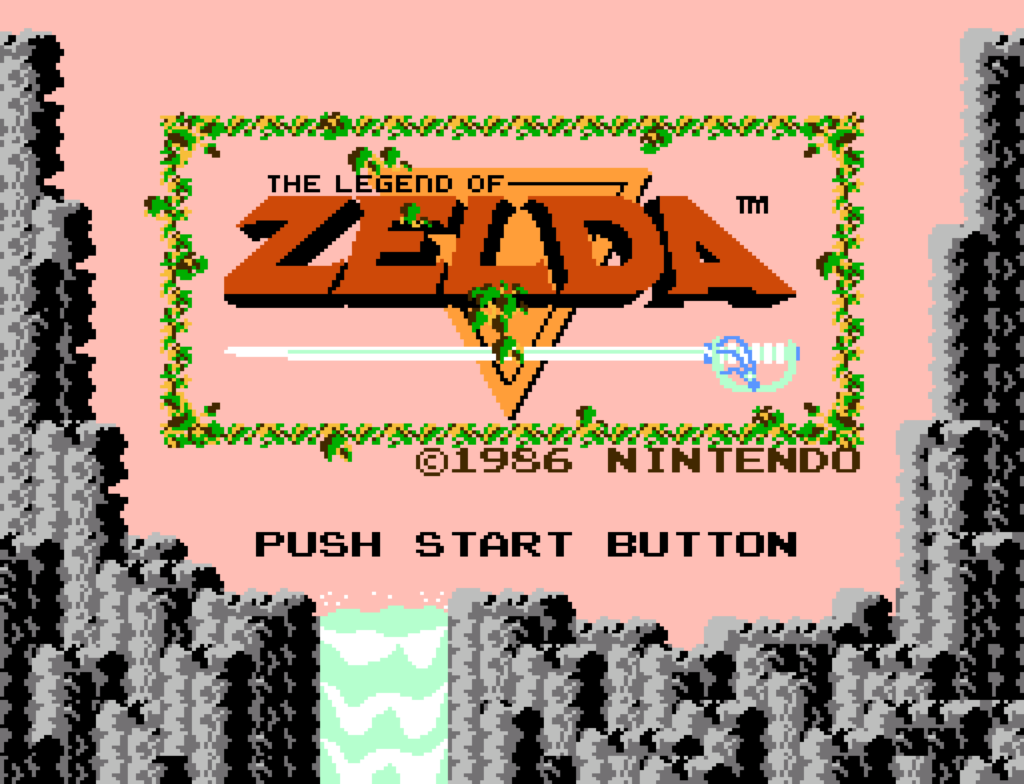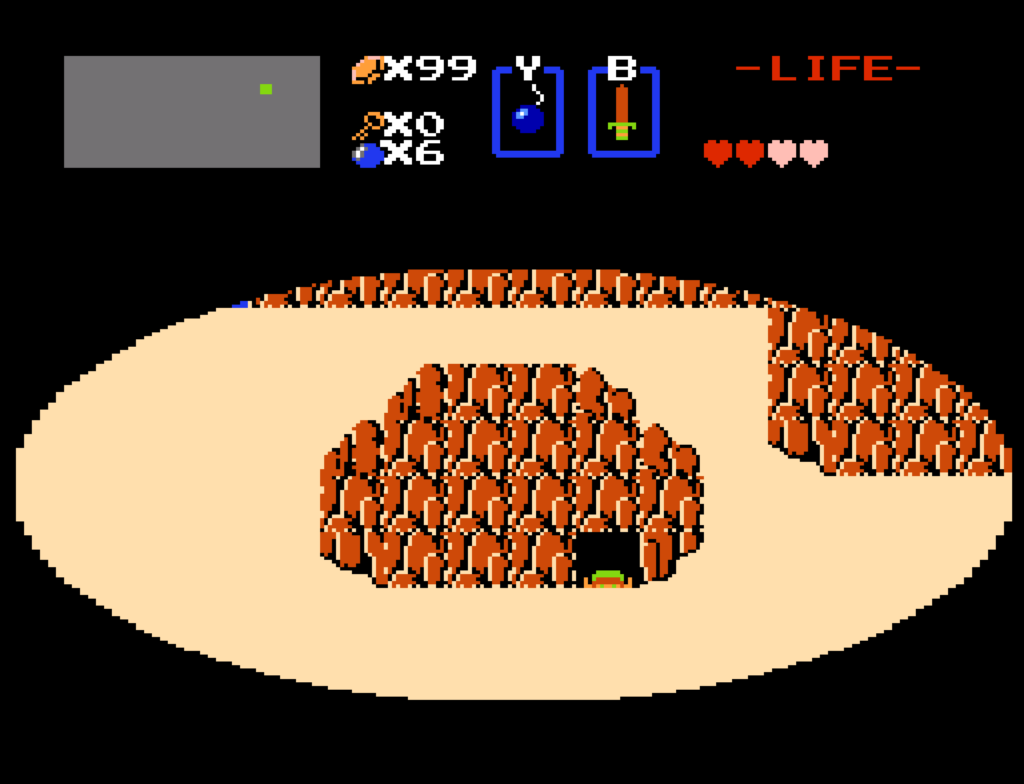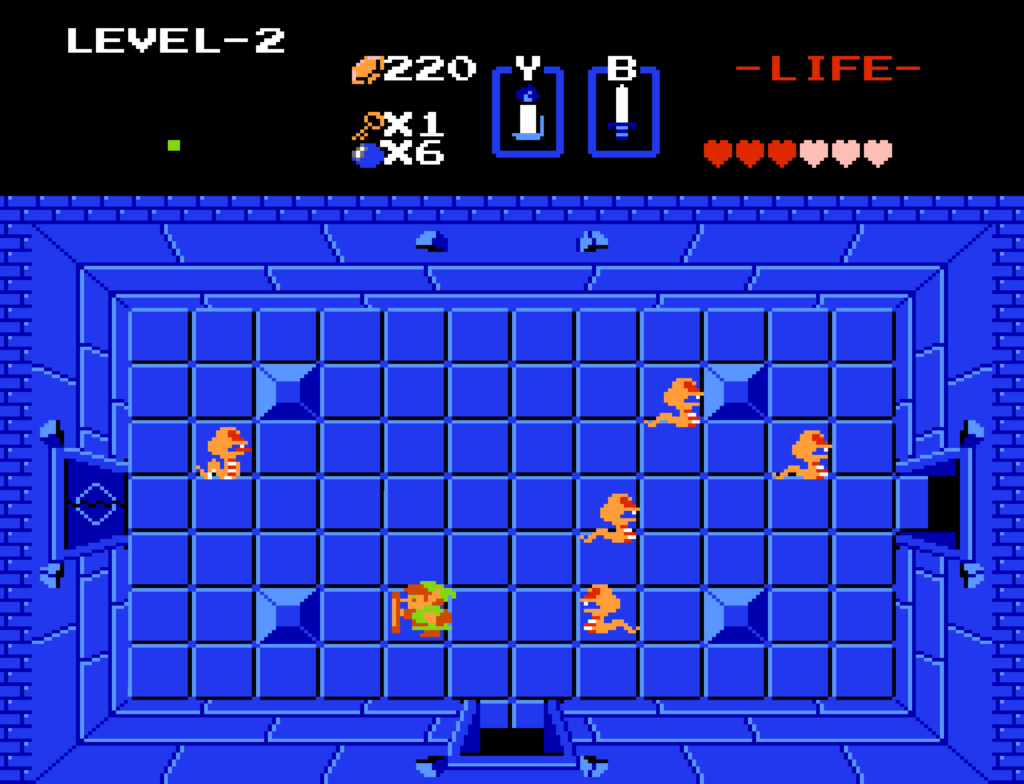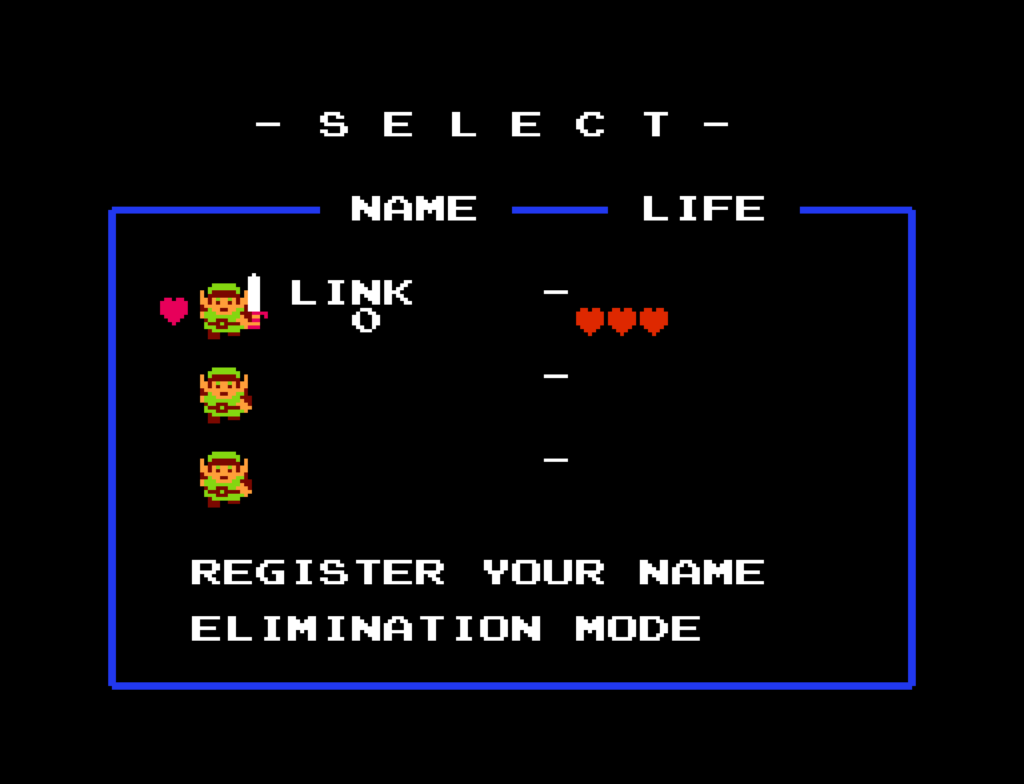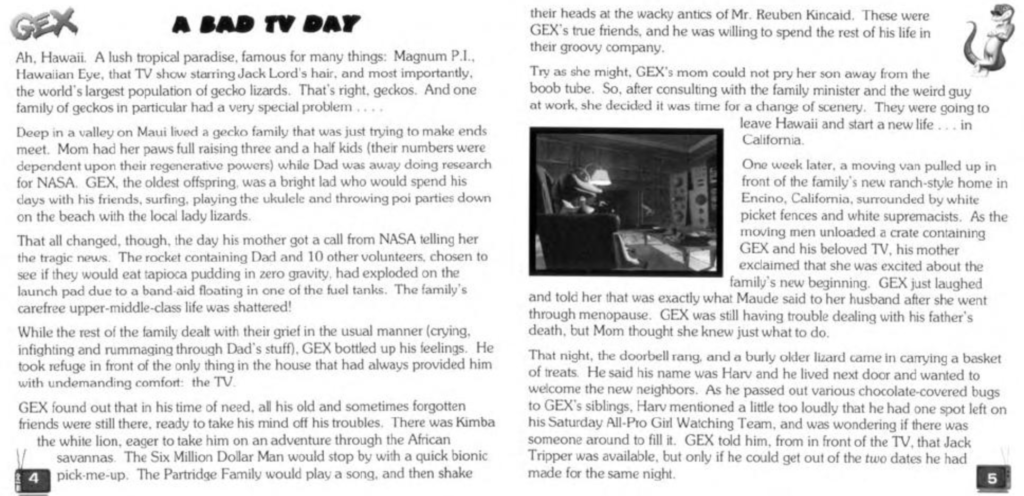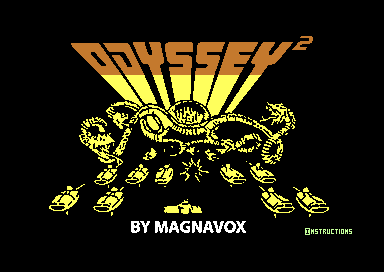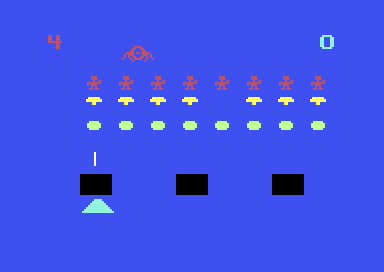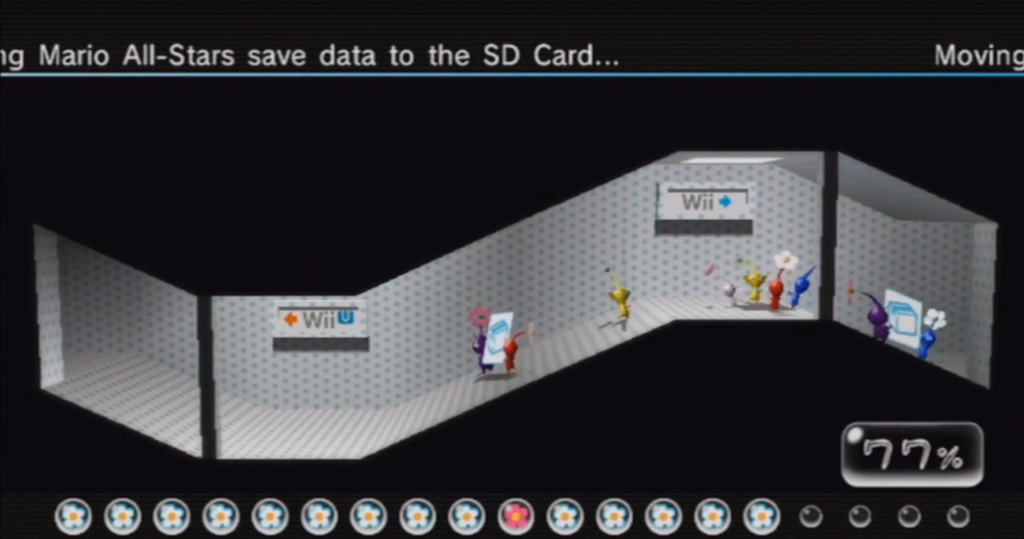
This would ordinarily go into a Sundry Sunday post, but it’s interesting for historical value. Unlike the Switch’s spartan interface, the WiiU took some of its UI design inspiration from the 3DS, which was a bit more playful. The 3DS supported theming the main menu, which is a feature that never came to the WiiU, but they both did support StreetPass, with the WiiU still having its little-noticed StreetPass server settings among its rainbow-colored settings menu options. And of course both systems supported the Miiverse, Nintendo’s failed attempt at its own gaming-focused social media service, which let users make text and drawing posts, tied in with their Mii feature (still in the Switch although much declined in prominence), and allowed Nintendo to send users information directly to players. Miiverse is gone now, has been for years, but some people I hear are working on a fan-led revival. I shudder to think of what will get posted there without Nintendo’s moderators.
Back to the interface. Probably the quirkiest of Nintendo’s UI creations was an animation that went with the tool, downloaded fro the Wii’s Shop Channel, that transferred system and shop data from the Wii into an SD card package to be transferred to a fresh WiiU system. It could have been a simple progress bar, but they had their developers create a charming (gee I use that word a lot) sequence where Pikmin, at that point only those from the Pikmin 2 game that had last been seen on Gamecube, visually bundle up all of the transferable software, use a walkway to carry it into a waiting rocketship, and jet off to a nearby sun marked with the WiiU logo. At that point, the user would be prompted to move the SD card to the WiiU, where after installing a corresponding tool from the WiiU’s eShop, the process could continue, with a matching unloading animation.
If you never had the chance to see this sequence (easily possible given the WiiU’s low sales), or just want to relive the process, here it is, both of the Wii to WiiU data transfer animations, at about eight minutes:
This video only shows the animation. If you’d rather relive the whole process, including system menus, instructions and warning messages, here is a 15 minute video that records it. It also seems to have a couple of scenes that aren’t in the above video, including the one depicted in the head image.
A brief personal story. When the WiiU came out I got one. The WiiU’s fate was already sealed by that point, and I got it pretty cheap from a local Target. By that time my much-played Wii had been suffering from some serious issues. It had been hacked many times, the Homebrew Channel installed and its boot software replaced.
People will tell you that doing this is only for the purposes of piracy, and that’s really not true. We put the Wii to use as a general media player. It lived mostly at a friend’s house, and whenever I would go over we would use it to watch movies and things from SD cards. We even watched a DVD or two that way; while the Wii had a DVD drive installed, Nintendo didn’t spring for the licenses to play DVD movies, so it was purely intended as a data drive. You could bypass that restriction with the right homebrew software, although it wasn’t great and didn’t seem able to do menus, so we almost never used it.
My Wii had put into heavy use for game and media playing, and I put on and removed a lot of software over time, in addition of course to hacking it several times. As a result, it had gotten quite glitchy. Sometimes it wouldn’t boot, sometimes it would boot okay but wait until getting some ways into a game and freezing, and sometimes, weirdly, it’d show the opening Health warning screen, but the letters in the font would glitch out, individually. It was really a sight to see.
As a result I was really glad to get the saveable data off of that system and onto hardware that was reliable. I had to go through the whole sequence more than once, as the console froze along the way a time or two, but fortunately I got it, and our large Mii collection, all off and onto the WiiU, where it still lives today.
Collecting and saving Miis, from friends and the nearly-forgotten Check Mii Out Channel, and the Mii Parade of random Miis sent from Nintendo, is an aspect of the Wii that has not survived to the Switch. I hope whatever successor the Switch gets has something like it. And bring back StreetPass too!
Wii to Wii U Data Transfer w/ Pikmin (Youtube, 8 minutes)

